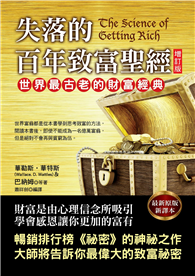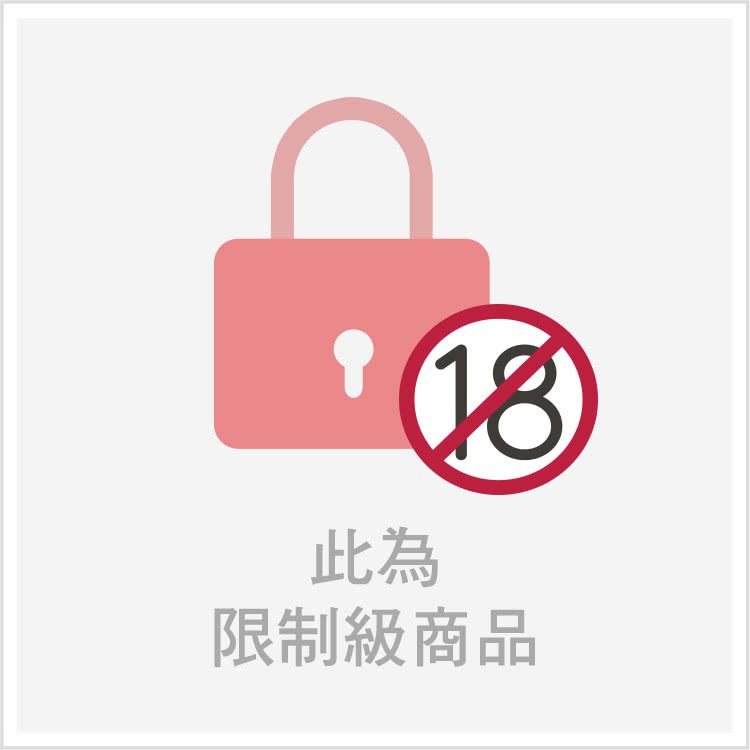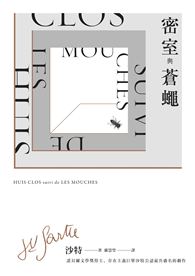The Matrix of Effectiveness and Efficiency is simply the representation of a tool that, as a process mapping instrument, allows managers to visualize paths, understand the challenges and unforeseen obstacles of management, and control the interrelations between people, processes, and systems. It can indeed be further enhanced with other well-known management platforms that develop software prototypes and evaluations applicable to various areas: customer relationships, human resources, logistical processes, financial projections, and more. Thus, its resulting pattern aims for an accurate diagnosis and identification of problems with their respective causes, followed by a framework to address, confront, and resolve management issues. The best route will undoubtedly involve integrating Effectiveness with Efficiency, and the most important step will be to find, follow, and continue one’s own path, facing challenges rather than avoiding them. For this reason, we propose that the manager themselves should resolve their challenges and dare to experience not only their own failures but, even better, their own successes.
Given the experimentation with the system of corruption and the endemic hypertrophy we have described in the Peruvian context, there is evident and regrettable degradation of institutional integrity within the branches of government. This external condition affects, among many other things, the functioning of any business or organizational management and, even worse, perpetuates underlying structural imbalances, delays, and social neglect.
The worsening of this situation, typified by economic, political, and social polarization and frustration, has already been highlighted by historians, anthropologists, economists, political scientists, journalists, and other analysts cited in this study. This demands that citizens awaken from the lethargy or apathy in which they find themselves. Through self-observation, looking inward as though from the outside through a window, we must recognize this "state of affairs" and become aware of the need to act in alignment with the changes required.
In a vain attempt to find solutions, much of the Peruvian electorate (and likely in several other countries as well) has been trapped for decades in a limbo of indecision. They do not know whom to choose or whom to trust and have, in recent elections, opted for what they perceive to be "the lesser evil." The poor range of electoral options, repeated disappointments, and the lack of authentic leaders have been evident for quite some time.











